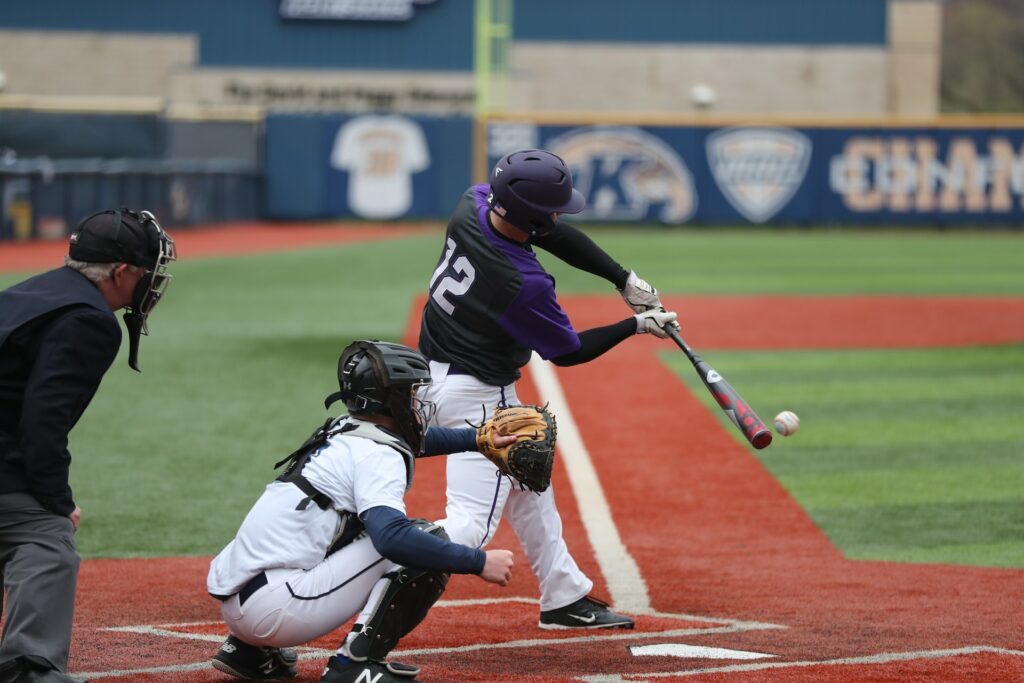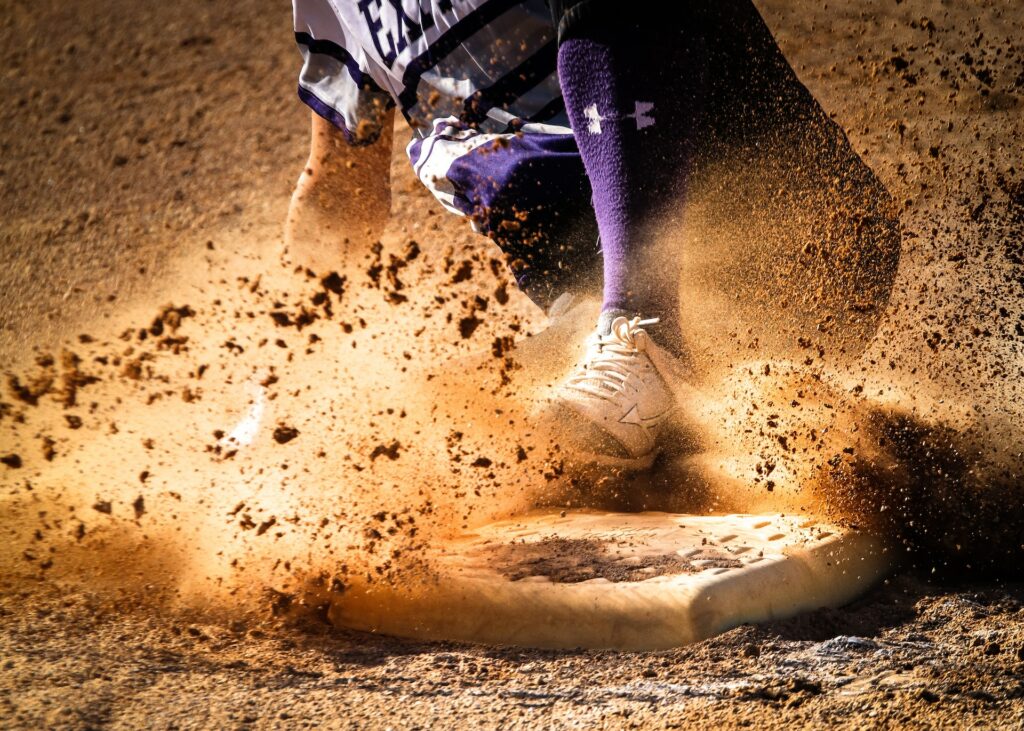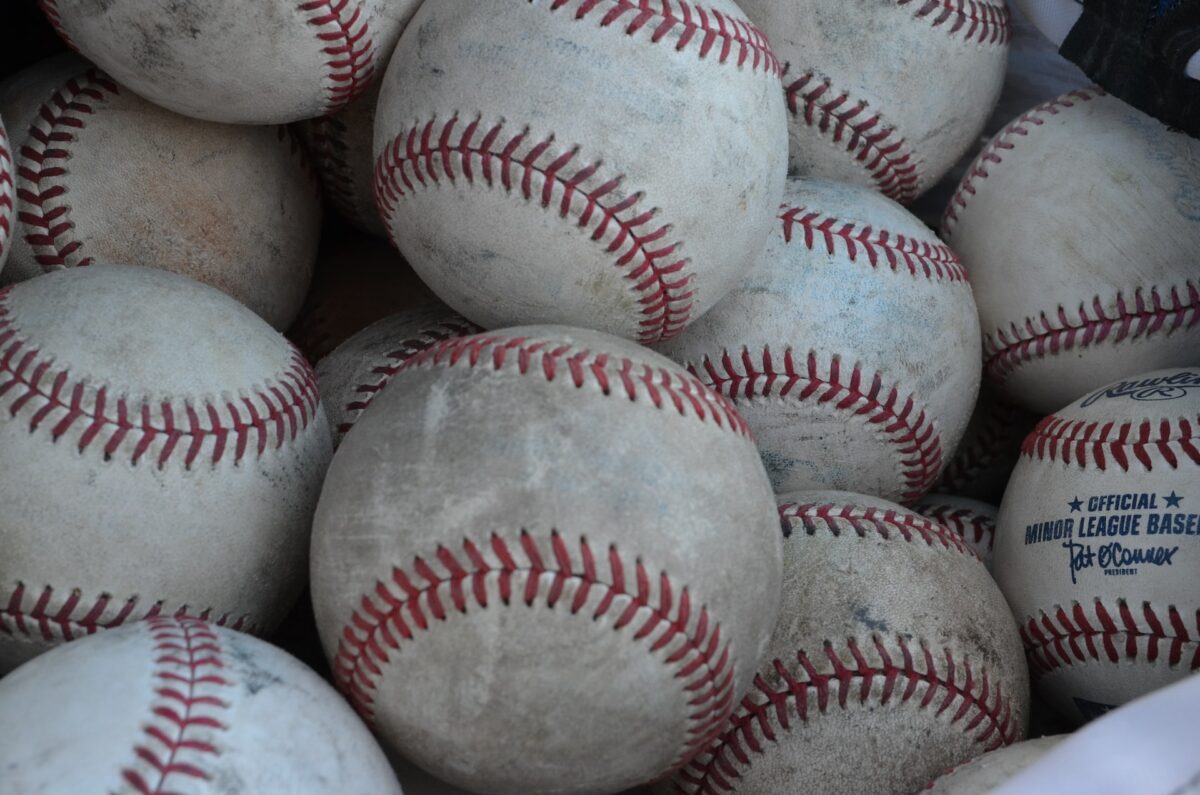Sliding is one of the most important aspects of baseball. If you want to be successful in your MLB The Show 19, then learning how to slide is crucial. As a single-player or managing against another team of players, sliding is an integral part of the game that needs some understanding before being attempted.
The best players know that one wrong move could mean disaster, but if you follow the tips in this post, then you can learn how to slide in MLB the show 19 as a pro and teach you everything you need to know about sliding into a home plate.

Best ways to slide in MLB the show 19
Sliding is a difficult mechanic in MLB The Show 19. It can be very tricky to time your slide correctly and make it to home plate before the ball arrives. To improve your chances of scoring runs for your team, make sure you follow these four steps:
- Position yourself on your lead foot
- Raise your arms high enough to be at shoulder height so when you go down on your knee they are not overhead height
- Lower your hands so they don’t hit the ground first
- Keep focused on the catcher or the pitcher so you can time your slide perfectly

Difference between full slide and half-slide
When sliding into the home plate in MLB The Show 19, there are two main types of slides you can use: the full slide and the half-slide. Both sides have their unique benefits, so it’s important to know the difference between the two before you attempt to slide!
The full slide is a more aggressive and higher-risk slide, as it involves you sliding across the base. A full slide is a slide in which the player slides their body from one base to another. This slide is best used when you are close to the base and don’t have much time to reach home plate.
The half-slide is a less aggressive and lower-risk slide, as it only involves you sliding partway across the base. A half-slide is a slide in which the player does not take their entire body from one base to another, but instead just slides their foot on the ground. This slide is best used when you are far away from the base and have more time to reach home plate. This slide can be better at protecting your body, which may make it a better option if you are recovering from an injury or soreness in your legs.
How to stop on your feet
When sliding into home plate, it’s important to know how to stop on your feet so you can get back up and continue playing. There are two main ways to stop on your feet: the hook slide and the pop-up slide.
The hook slide is a type of slide in which you quickly hook your foot around the base as you come to a stop. This slide is best used when you are running at full speed and need to stop quickly.
The pop-up slide is a type of slide in which you quickly pop up off your feet and onto your hands as you come to a stop. This slide is best used when you are not running at full speed and need to stop quickly.
What NOT to do when sliding
- Do not use your hands to stop This might lead to a player getting injured and missing time on the field
- Do not attempt a full slide if you are close to home plate or far away from home plate, this will get your team out of scoring a run
- Do not try a half-slide when you have a lot of time left to reach home plate
Equipment can help with sliding
When it comes to sliding into a home plate, there are a few different pieces of equipment that you can use to make the process a little easier:
- Sliding mat: you can put it down at the home plate to help you slide safely into the base
- Sliding shoe: it has a slider on the bottom, which will help you slide smoothly across the base
- Sliding sleeve to help protect your arms during the slide
Conclusion
Sliding into home plate can be a very risky move, but it can also be very rewarding if done correctly. However, if you fail to slide into home plate properly, you could end up getting injured or costing your team the chance to score a run. The tips provided in this blog post will help guide you on how to do so safely and avoid sliding failures.
